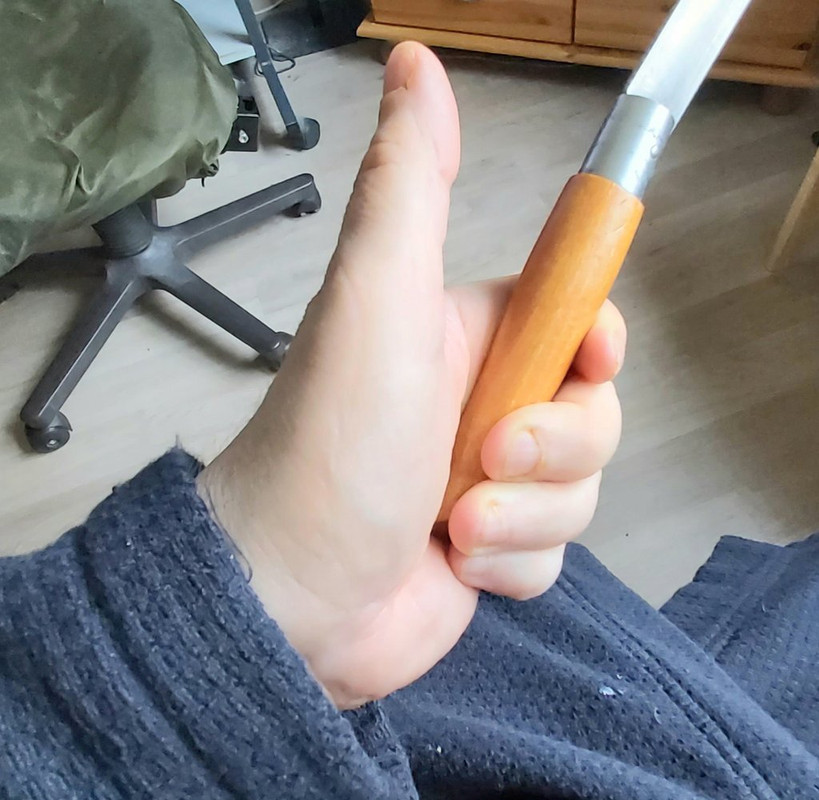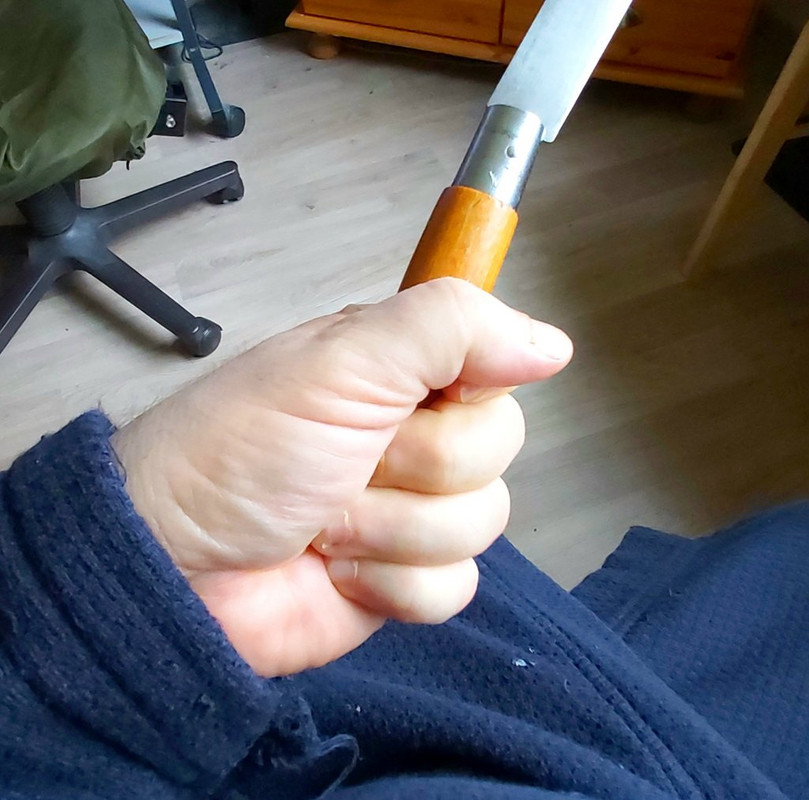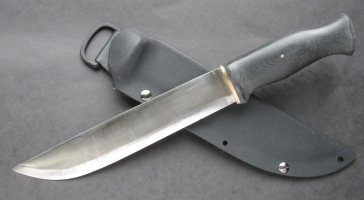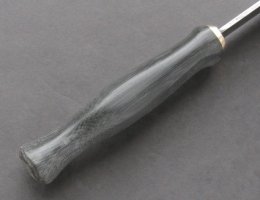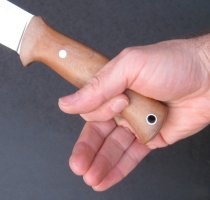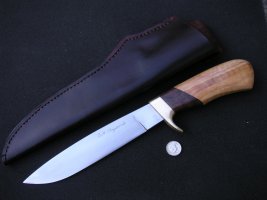@Toddy
I very often use dead standing hazel wood for my "ikea stove": hazel is a light wood that catch fire easily, can be harvested most of the time without tools, with straight grain that is easy to split and make very fine shavings. A very underated wood IMHO.
Once the wood is splitted at least in half, I press the tip of the knife on the middle of the stick to "glue" the stock on the knife and then I make a pickaxe motion followed by a wrist turn.
When you got the trick, you can make several "pencils" in a kind of chain motion. It requires a knife with a strong gard... Because the risk of slipping on the blade is real.
The second thing I do often, is using the tip in order to harvest pine resins from the scars of a tree (another very good fire starter). The risk of slipping on the blade is less ovious but still treacherous...
And there are the "goofies" uses like opening a can, digging in the soil and stuff.. Because I'm just an adult shaped child XD
Regards.
@TLM
Thank you for your answer. I did know the thumb trick but I'm not satisfied with the security provided. I'm not a native user, I've not grown up with an outdoor grand father and therefore, I guess that I need "side wheels" on my bicycle. =)
I have no shame about this. I have seen south asian people splitting coconuts I a way that if I tried to do the same... 100% I'd had lost one arm ! I guess it's kinda the same with "indigenous" pukko users.
It's a shame, really. Leukus are IMHO the best balanced and lightweight chopping tools. They just lacks of a strong gard (still IMHO).
And I totally understand the traditionnal opinion about not putting guards. No problem at all. The is the KS8F and custom made options, I won't complain.


